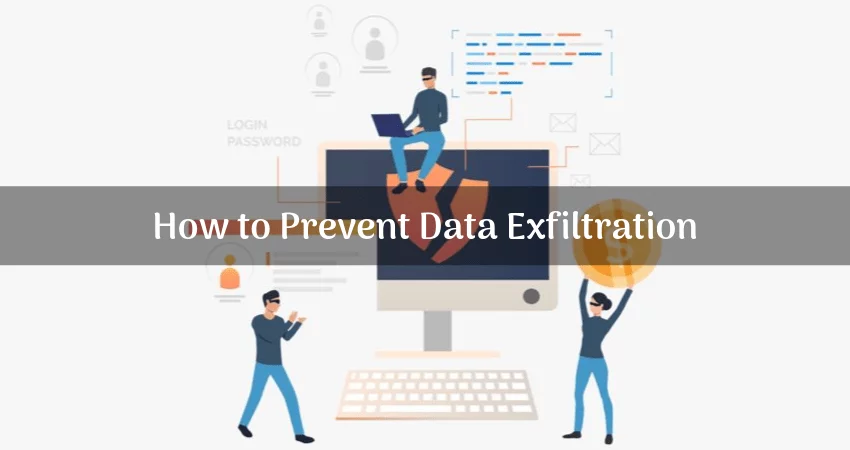Data exfiltration refers to data theft or unauthorized copying data from a computer or other device; it is typically from an organization’s network to the internet.
It can be conducted manually, by an individual who has access to company’s database.
It provides information on security domain-specific dashboards, where the dashboard shows the activities like potential data exfiltration.
The dashboard indicates any suspicious activity like non-corporate web uploads and emails. This makes it easier to investigate the threats and pay attention to any impending attack.
Securonix uses real-time monitoring and analysis to interpret the real identity of the user and to predict any pending attacks. It saves the data to be exposed while detecting any snoopy data access.
As it does investigation in real-time, it stops the accessibility of any unauthorized user. It also provides focused DLP monitoring which runs a group analysis and identifies any high-risk scenario.
Other companies focus on web and email traffic mostly but Infoblox solution addresses the attacks by using DNS, which detects the threat and automatically blocks data exfiltration attempts.
With the DNS threat analytics solution, there is no need for any agent or additional network infrastructure to resolve the problem since it offers unique analytics technology for real-time detection.
It has an advanced approach of detecting threats like AI-powered threat detection; it visualizes the entire breach chain by making the blueprint of threat moving across the network.
It analyzes both; the traffic moving out of the perimeter and that which is moving in the network.
Extrahop platform can be used to identify any abnormal DNS activity, which can then further help to deduce the cause of leakage of data.
In one particular scenario, a government agency’s security tools failed to alert them of any exposure of their internal documents in the public domain.
Using ExtraHop they analyzed and monitored security to prevent any impending attacks or any intrusion that may have taken place.
They observed an unusual DNS request per second from one particular machine as opposed to other machines that were working normally.
These requests showed a large number of packet sizes with one amounting to 512 bytes. It came to their realization that the machine had been compromised.
The system was separated from the others and wiped out totally. They also set up a checklist for the future to monitor behaviors that can be prevented for future attacks, eg. DNS request from various regions.
ExtraHop Application Inspection Trigger was used to control and check for any SSH connections going from its database and check for any authentication attempts.
Putting a simple or easy password is one of the main reasons for exfiltration. Attackers look for default system passwords that have not been changed, as it is easy for them to hack the network.
Common usernames and passwords also make it harder to detect who did what on a system. Unique passwords and usernames make it difficult for an attacker to hack, and that makes it easier for an organization to identify the user-initiated action.
It is one of the security methods which is followed by every industry where the information is encoded or unreadable by others and can only be accessed by the user who has the encryption key.
Implementing encryption, companies will be able to segregate and track the access and control to the data according to the roles of the employees.
Enforcing the encryption will avoid this problem even when data transfer is taking place.
By blocking unauthorized channels, attackers will not gain access to an organization’s network, which results in only secure or direct channels being open for communication to the enterprise.
Employees are the first target for the attackers to get account credentials, so it’s very important for the company to educate or inform the employees about the latest techniques of phishing.
Staff should be instructed to report on any suspicious emails, as it may be a warning for the attack which helps to warn other staff.
An enterprise should limit the amount of data transferred. This may help in identifying any atypical data transfer.
Sometimes the third party is responsible for the development or maintenance of networks, which increases the possibility of attacker exploitation.
It is very important for an organization to fully understand the security protocols of a third party before giving any responsibility for a more secure configuration of any equipment or service.
One should have a mind of a criminal if they wish to safeguard the digital data. This enables them to understand the true risk and snoopy behavior of the attackers.
An organization must understand the value of data and maintain it accordingly in order to avoid becoming an easy target for the attackers.
These methods help the organization to analyze their vulnerability towards the data breach and how can they protect themselves from these malware attacks using behavioral analysis.
You May Also Like To Read-
Data Abstraction Levels Explained
Encryption as a Service Explained in Detail

